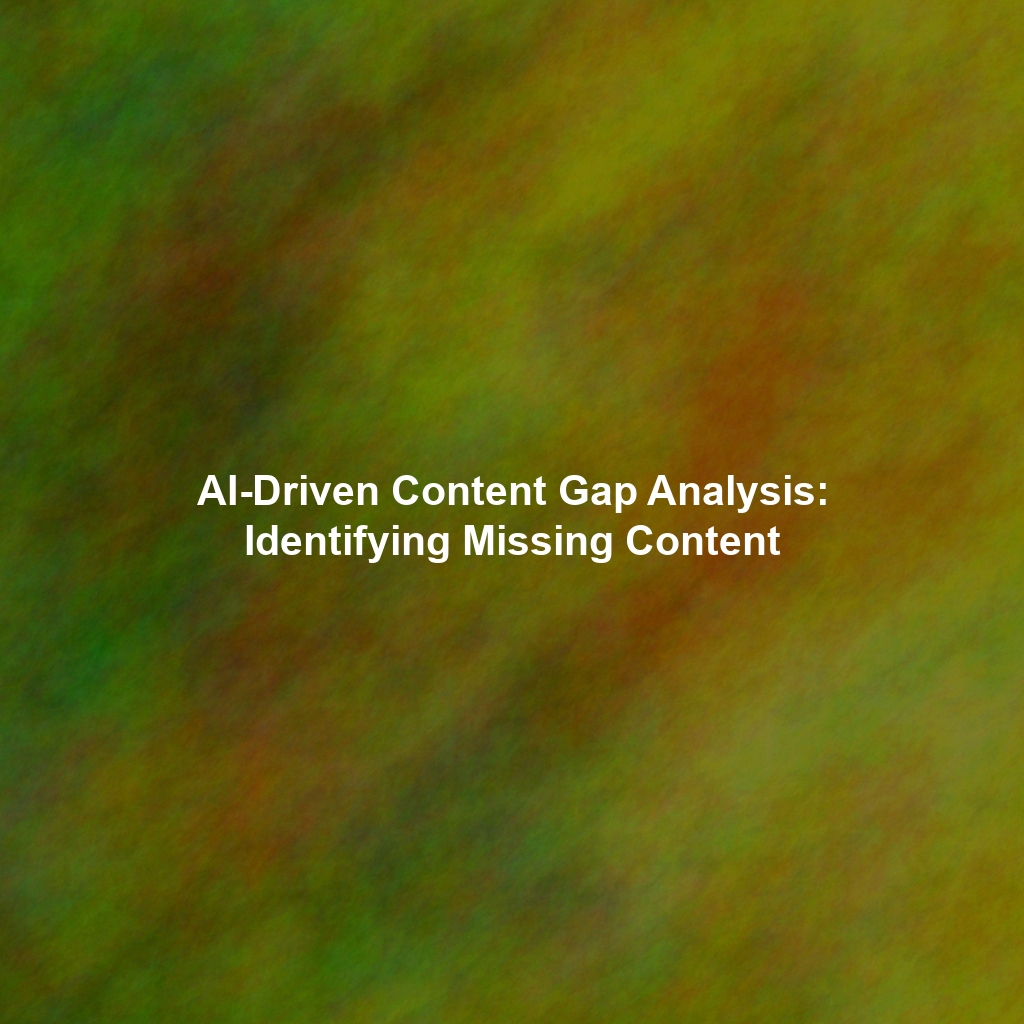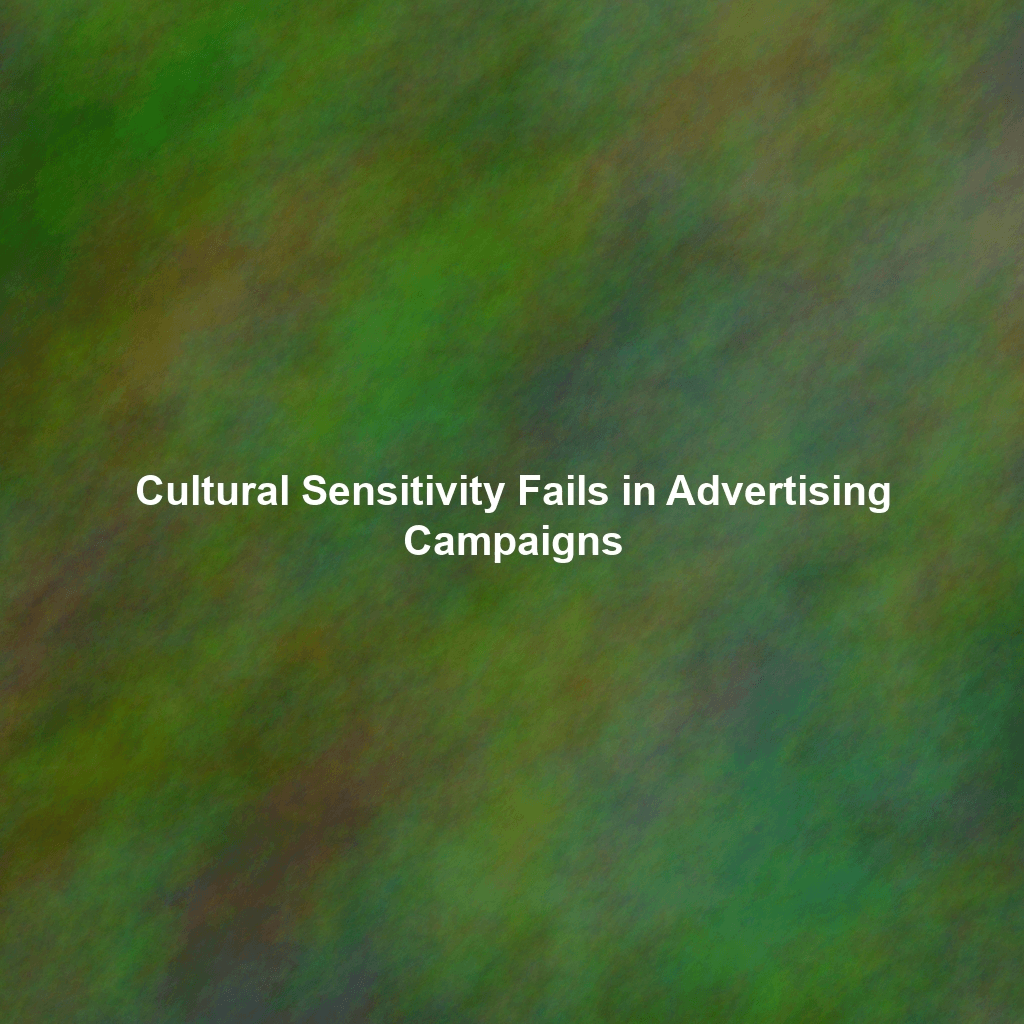In the ever-evolving digital landscape, understanding your competitors’ content strategy is no longer a luxury – it’s a necessity. But manually sifting through countless blog posts, social media updates, and videos is a daunting and often inaccurate task. Enter Predictive Content Analytics, a revolutionary approach that leverages the power of Artificial Intelligence (AI) not just to create content, but to predict which content types will resonate with your target audience and help you outmaneuver your competition. This article explores how AI can transform your competitive content analysis, allowing you to identify untapped opportunities, anticipate competitor moves, and ultimately, dominate your niche.
The Evolution of Competitive Content Analysis
Traditional competitive content analysis involved manually reviewing competitors’ websites, tracking their social media activity, and analyzing their keyword rankings. While valuable, this approach is time-consuming, prone to bias, and struggles to keep pace with the speed of content creation. Modern competitive content analysis, powered by AI, offers a more scalable, data-driven, and predictive approach.
Harnessing AI for Competitive Content Intelligence
AI brings several key advantages to competitive content analysis:
- Speed and Scale: AI can rapidly analyze vast amounts of data, far exceeding human capabilities.
- Objectivity: AI algorithms eliminate human bias, providing a more accurate and reliable assessment of competitor strategies.
- Predictive Power: AI can identify patterns and trends that humans might miss, enabling you to anticipate future content strategies and market shifts.
Techniques for AI-Driven Content Scraping and Analysis
The first step is gathering the data. AI-powered tools can automate the scraping of content from various sources, including:
- Competitor Websites: Blog posts, articles, landing pages, and product descriptions.
- Social Media Platforms: Posts, comments, shares, and engagement metrics.
- Industry Forums and Communities: Discussions, questions, and answers related to your niche.
- SEO Tools: Keyword rankings, backlinks, and traffic data.
Once collected, AI algorithms can analyze this data to:
- Identify Key Topics and Themes: Determine what your competitors are writing about and the overall sentiment surrounding those topics.
- Analyze Content Performance: Assess which content pieces are generating the most engagement (shares, comments, backlinks, etc.).
- Identify Content Gaps: Discover topics and keywords that your competitors are neglecting, presenting opportunities for you to fill the void.
- Determine Content Formats and Styles: Understand which content formats (e.g., blog posts, videos, infographics) and writing styles resonate best with your target audience.
Identifying Successful Content Patterns Using Machine Learning
Machine learning algorithms can identify patterns in successful content. This includes:
- Keyword Analysis: Which keywords are driving the most traffic and engagement for your competitors?
- Sentiment Analysis: What is the overall sentiment (positive, negative, neutral) associated with their content and how does it impact performance?
- Topic Modeling: What are the key topics and subtopics that are consistently performing well?
- Content Length and Structure: What is the optimal length and structure (e.g., headings, subheadings, images) for different types of content?
By analyzing these patterns, you can gain valuable insights into what works and what doesn’t in your niche.
Predicting Your Competitors’ Upcoming Content Strategies
Predictive Content Analytics goes beyond simply analyzing past performance; it aims to forecast future content strategies. AI can achieve this by:
- Analyzing Content Calendars (if publicly available): Some competitors may inadvertently reveal their upcoming content plans.
- Monitoring Keyword Trends: Identifying emerging keywords and topics that your competitors are likely to target. Tools like Google Trends coupled with AI analysis can reveal these patterns.
- Tracking Competitor Activity: Analyzing their social media activity, blog post frequency, and website updates to identify upcoming content themes.
- Using Time Series Analysis: Predicting future content output based on historical data patterns.
By anticipating your competitors’ moves, you can proactively create content that preempts their efforts and maintains your competitive edge.
Uncovering Underserved Content Areas: The Path to Competitive Advantage
One of the most significant benefits of AI-powered competitive content analysis is the ability to identify underserved content areas – topics and keywords that your competitors are neglecting. This represents a goldmine of opportunity for you to:
- Become a Thought Leader: Position yourself as the go-to source for information on these underserved topics.
- Attract New Audiences: Reach a wider audience by targeting keywords and topics that your competitors aren’t addressing.
- Improve Your SEO: Rank higher in search results by creating unique and valuable content that fills content gaps.
AI can identify these underserved areas by analyzing keyword search volume, competitor content coverage, and audience demand. By focusing on these areas, you can differentiate yourself from the competition and establish a unique value proposition.
Ethical Considerations and Best Practices
While AI-powered competitive content analysis offers significant advantages, it’s crucial to use these tools ethically and responsibly. Respect copyright laws, avoid scraping personal data, and always attribute sources appropriately. Transparency is key, and focusing on providing genuine value to your audience should be paramount.
Conclusion: Embrace the Future of Content Strategy
Predictive Content Analytics is revolutionizing how businesses approach content strategy. By leveraging the power of AI to analyze competitor content, predict future strategies, and identify untapped opportunities, you can gain a significant competitive edge. Embrace these tools, prioritize ethical practices, and focus on creating valuable content that resonates with your audience. The future of content strategy is here, and it’s powered by AI.
 Skip to content
Skip to content
